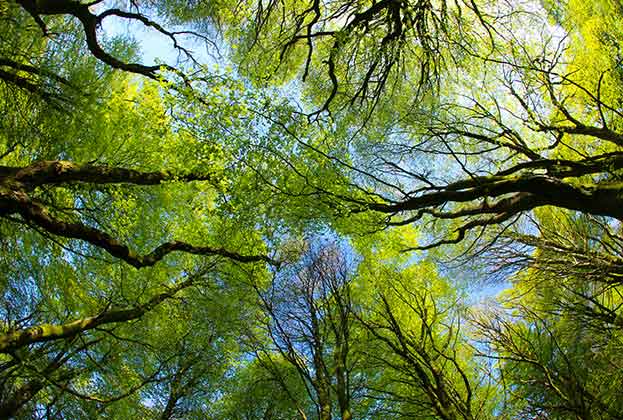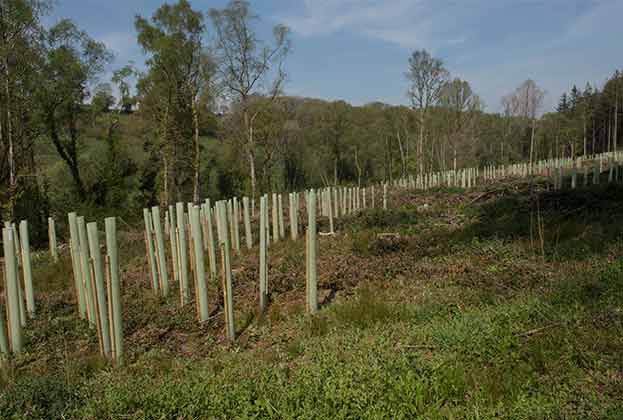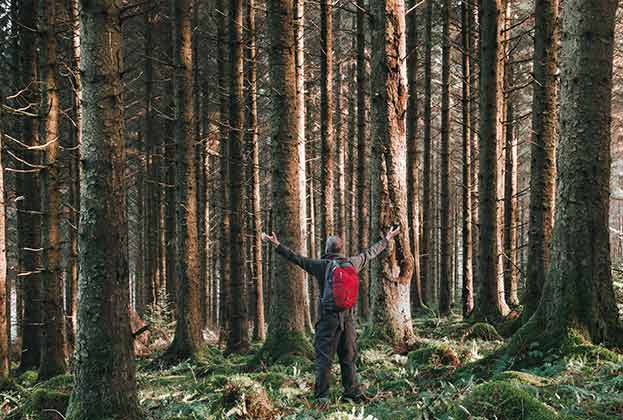Higher demand for forestry is driving interest in previously unconsidered locations
Average forest values are diverse and factors such as location, accessibility, tree species, average age and timber volume continue to influence the price. However, as demand for forestry intensifies we are seeing growing interest in areas that were considered less attractive in the past, resulting in average forest value growth being strongest across North and Central Scotland.
The growing interest in previously less attractive forest properties is also driven by a realisation that through improvements in management techniques, tree stocks, genetics, and precision breeding, the performance of forests can be boosted. Improved techniques for tree establishment provide the basis for better performing and faster-growing forests. Foresters are also witnessing longer growing seasons due to milder UK autumns.
Monitoring yield helps forest managers understand performance patterns in terms of growth and productivity, which should link closely to asset value. Analysis of a forestry portfolio comprising first and second rotation spruce crops indicated that younger timber, less than 20 years old and therefore nearly all early second rotation, recorded a higher average yield class of 17, compared to a medium yield class of 13 for timber over 20 years old, which was nearly all first rotation. Furthermore, our research indicated that 53% of the younger timber was rated high to very high yield class, compared to 22% of timber over 20 years (see chart, below). This is in part why we are seeing very strong values paid for younger age profile woodlands, with valuations capturing this heightened performance as well as other benefits, such as the smoothed income profile associated with multi-age forests.
North Scotland
In North Scotland the average price of £8,513 per net productive hectare continues to be lower than more southerly regions that benefit from better growing conditions and access to timber markets. However, during the 2020 harvest year, North Scotland achieved a price of over £16,500 per net productive hectare, which is a regional high. North Scotland also reported the second largest market share across Scotland, England and Wales at 28% with 5,678 hectares transacted.
Central Scotland
The area enjoyed a significant 24% rise in the average net productive value to £16,555 per hectare. Average prices here have been gradually rising and for a second consecutive year recorded the highest number of forest hectares sold across Scotland, England and Wales.
South Scotland
During the 2020 forest year, the average value of net productive forest rose by 3% to £15,100 per hectare. This follows a 33% rise in the 2019 forest year and the 2020 data reflects the range of prices and properties sold across the region. The number of hectares transacted reduced by almost 500 hectares when compared to the 2019 forest year.
England and Wales
England and Wales continue to benefit from the highest prices paid per hectare of net productive forest. This year’s analysis shows a 4% rise in the average value to £17,131. The number of hectares sold in England and Wales increased by over 2,000 hectares during the 2020 forest year compared to the 2019 year.
Read the articles within The Forestry Market below.
.jpg)


